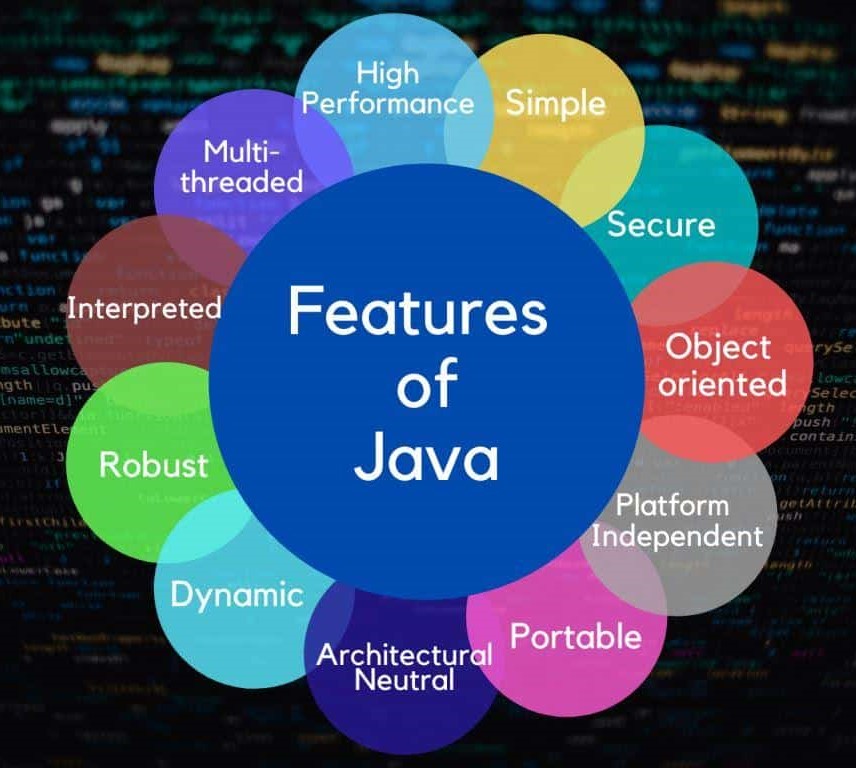Learn Java Programming

About Course
Java is fundamentally object-oriented, emphasizing concepts like classes, objects, inheritance, encapsulation, abstraction, and polymorphism. In Java, a class is a blueprint for creating objects (a particular data structure), including their states (attributes) and behaviours (methods).
Current Trends in the Java Development Industry
- Innovations such as CRaC (Coordinated Restore at Checkpoint) and GraalVM emphasise fast startup times for Java applications.
- Java 17’s adoption has grown remarkably, indicating the community’s eagerness to utilize the latest features and improvements.
- Cloud architecture continues to evolve, focusing on cost optimization and efficiency. Platform as a Service (PaaS) models are gaining popularity, offering developers greater flexibility and ease of financial management.
- AWS Lambda’s new features, such as Lambda SnapStart, significantly improve startup latency.
Why Learn Java in 2024?
- Java continues to be used in various sectors, from the web to mobile app development, ensuring its relevance and demand in the job market.
- With one of the largest developer communities, Java offers extensive resources, libraries, and frameworks that facilitate learning and project development.
- Java’s “write once, run anywhere” (WORA) capability makes it ideal for developing cross-platform applications, enhancing its versatility.
- Java regularly updates with new features and performance improvements, keeping it modern and efficient for various applications.
- Learning Java can provide a strong foundation in object-oriented programming, making it easier to pick up other languages and concepts in software development.
Java Programming Basics
At its core, Java is about creating fast, secure, and reliable applications. It is structured so that it is easy for beginners to learn while being robust enough for advanced programming tasks. Java’s syntax is similar to C++ but boasts simpler object-oriented programming capabilities, garbage collection, and an extensive standard library (Java API).
Java’s use extends from server-side applications to games and mobile apps. Its ability to scale from small tasks to complex systems makes it a preferred language for various projects and organizations.
Java’s growth and evolution over the years have been driven by an active community of developers who continue to expand its capabilities and libraries. As a result, Java has adapted to the changing landscape of technology and remained a front-runner in the programming world.
Student Ratings & Reviews
